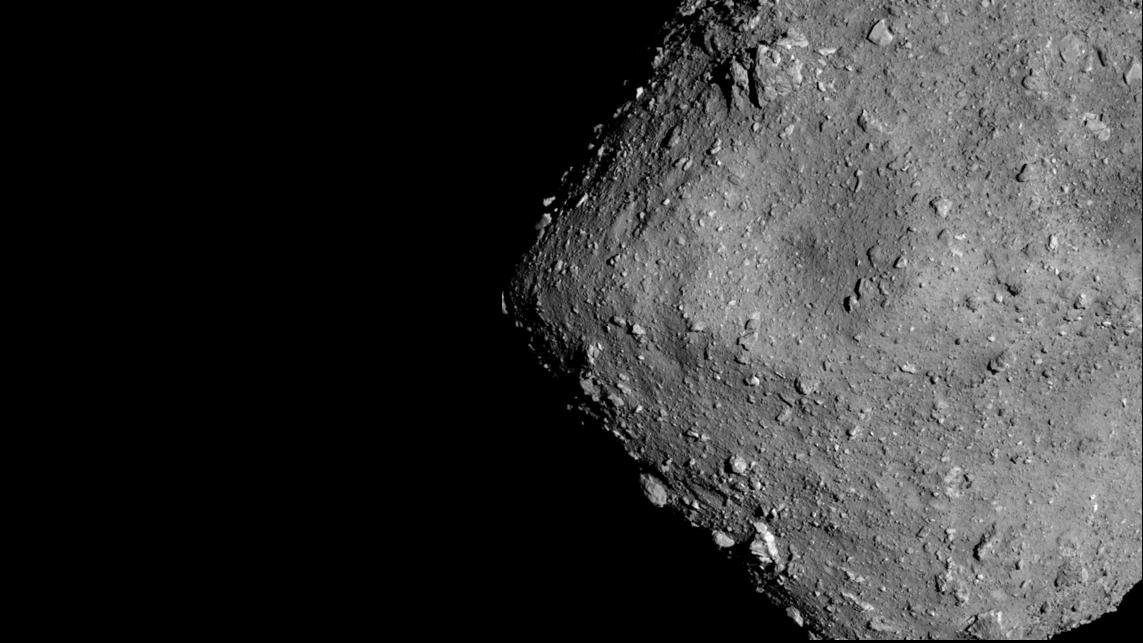
A new study disputes the prevailing hypothesis on why Mercury has a big core relative to its mantle (the layer between a planet’s core and crust). For decades, scientists argued that hit-and-run collisions with other bodies during the formation of our solar system blew away much of Mercury’s rocky mantle and left the big, dense, metal core inside. But new research reveals that collisions are not to blame—the sun’s magnetism is.
William McDonough, a professor of geology at the University of Maryland, and Takashi Yoshizaki from Tohoku University developed a model showing that the density, mass and iron content of a rocky planet’s core are influenced by its distance from the sun’s magnetic field...
Read More









Recent Comments